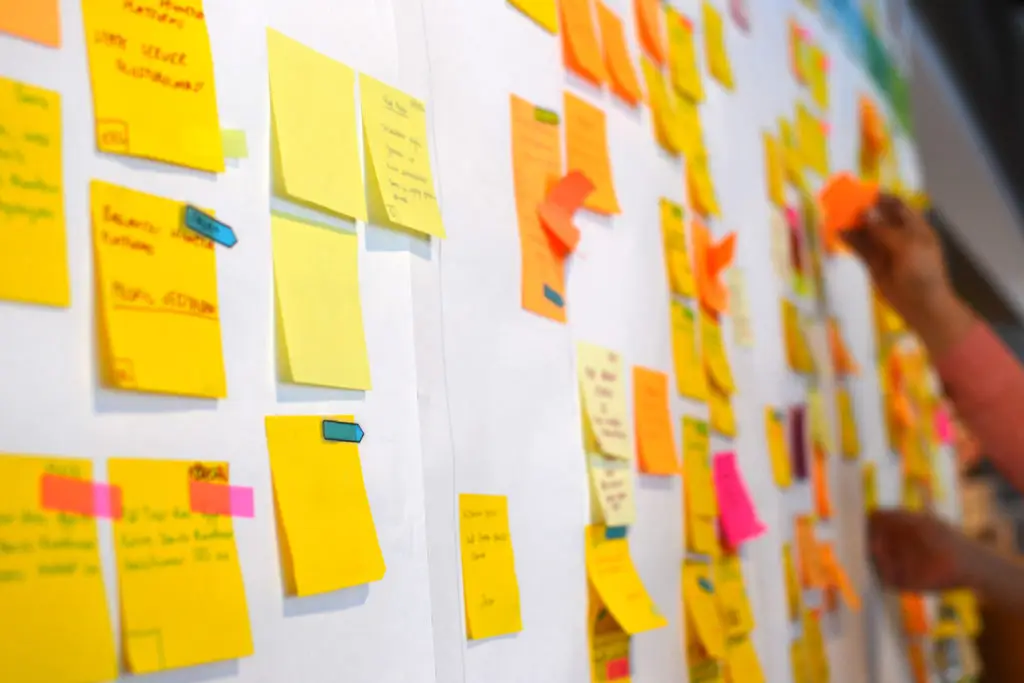This spring the Center on Reinventing Public Education launched the Big Think Network—a collaboration among six organizations that are working to build more just and responsive learning systems in their communities. In the process, we hope to build a new, more inclusive model of what research and development can look like in public education.
Historically, attempts to drive innovation in public education started with a break-the-mold initiative. Policymakers or foundations would discover a promising strategy. They would invest heavily in testing it: employing as close to gold standard research methods as possible to determine whether it worked under ideal conditions. They would then promote innovations that showed a statistically significant impact, and further invest in designing implementation guides, professional development, and measurement systems to monitor implementation and progress.
This approach would take years—even decades—and cost millions of dollars. It also suffers a fatal flaw. Rather than including classroom teachers, students, families, and communities in the process of identifying problems, developing solutions, and testing them, it sought to impose ideas that were already fully formed, and only then recruit support from educators.
As a result, David Tyack and Larry Cuban famously wrote, “Reforms have often resembled shooting stars that spurted across the pedagogical heavens, leaving a meteoric trail in the media but burning up and disappearing in the everyday atmosphere of the schools.”
Take the Comprehensive School Reform movement as an example. With funding from the federal government, schools across the country adopted “research-based” programs—“proven” models with implementation guides that, in theory, would enable “whole-school transformation.”
The intended transformations rarely lasted. Sometimes, the models relied on core assumptions about available resources, stability of faculty, or students’ backgrounds that were not applicable to the schools that tried to implement them. At other times, the models clashed with existing school accountability, evaluation, or funding policies. In the end, the models faded from use or became so watered down that they were unrecognizable.




